The ABCs of AC Replacement: The Process Explained
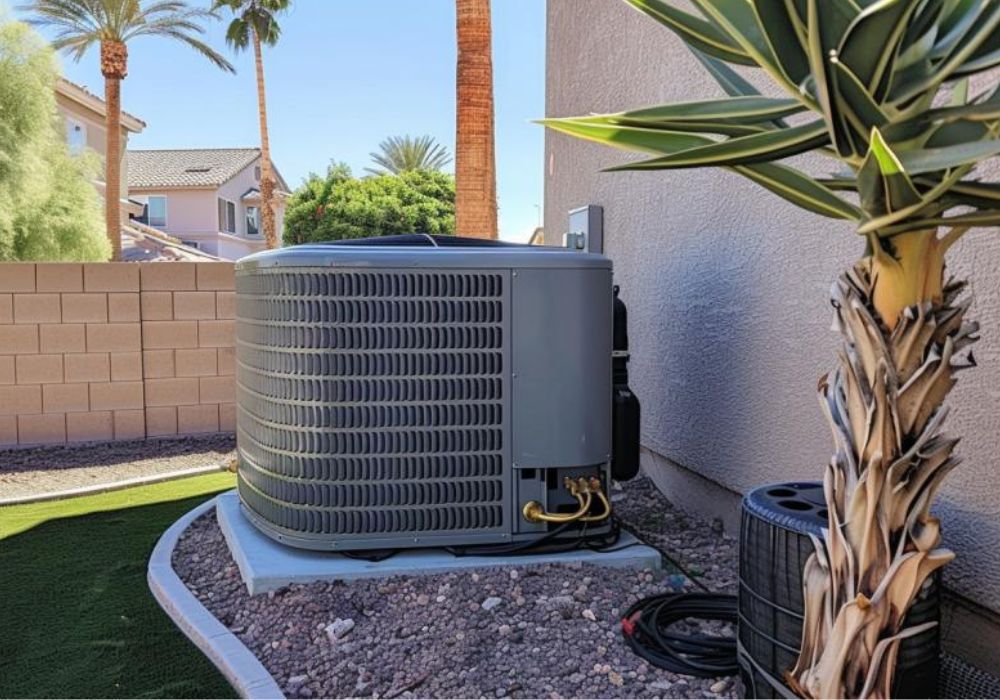
Table of Contents
ToggleReplacing your air conditioner isn’t just about escaping the heat; it impacts energy bills and long-term savings. Look out for signs like poor airflow, strange noises, or high energy bills indicating it’s time for an upgrade. Choose the right size and energy-efficient unit with a reputable provider. Understand the replacement process, prep your home accordingly, and ensure a smooth installation. It’s an investment in comfort and efficiency, so choose wisely.
When the heat rises, the efficiency of your air conditioner becomes crucial to your home’s comfort. Deciding on AC replacement isn’t simply about escaping the heat but a choice that affects your energy bills and long-term energy savings.
While the initial cost may cause hesitation, a shift may be necessary when repair costs escalate or your aging HVAC system starts to falter in performance and energy efficiency.
In this essential guide, you’ll learn how to notice the telltale signs that your cooling system needs upgrading, select a suitable central air conditioning unit, and understand the ABCs of AC replacement. With the right approach, you can optimize your home’s heating and cooling efficiency, ensuring years of improved comfort.
Recognizing the Signs Your AC Needs Replacement
As you navigate the guide to AC replacement, understanding the signs that indicate your air conditioner may be due for an upgrade is crucial. Here’s what to watch for:
Airflow and Temperature Issues
Inadequate airflow or warm air coming from your vents can be a red flag. This can happen because of a broken compressor, clogged air filters, duct problems, or a malfunctioning blower motor. If your home isn’t cooling down as it should, it’s time to seek a professional evaluation.
Unusual Noises and Smells
Keep your ears open for grinding, scraping, or squealing noises. These sounds can suggest mechanical issues like slipped belts or worn bearings.
A musty or burning smell from the AC unit isn’t something to ignore, as it could indicate mold or electrical problems, both of which impact your health and safety.
Efficiency and Longevity Concerns
An unexplained spike in your energy bills could signal that your HVAC system is struggling, leading to inefficiency and failure. If your AC unit is over a decade old, it may no longer be cost-effective to maintain it, especially if it’s been subject to frequent repairs.
Selecting the Right AC Unit for Your Home
Selecting the right AC unit for your home is a critical step in the process of AC replacement. Here’s what you need to consider:
AC Unit Size
Use an AC size calculator to determine the appropriate size for your new unit. The size should be based on your home’s square footage, construction materials, insulation, sun exposure, and the number of windows.
For example, a standard 2.0-ton unit may suffice for an average single-family home of 1,520 square feet. Remember, the correct size is essential to prevent reduced equipment lifespan, higher energy expenses, and inadequate cooling or humidity removal.
Consider energy efficiency ratings like SEER, as higher ratings equate to more energy-efficient units, which can lead to lower energy bills and a smaller carbon footprint.
Choosing an AC Provider
Ensure your AC provider has extensive product knowledge, experience with HVAC systems, and the necessary licenses. Discuss installation services, costs, payment options, and warranties before signing a contract. A knowledgeable contractor can offer expert advice on financing options and AC unit sizing.
When you meet with your contractor, they’ll recommend the best AC replacement options based on an assessment of your home, considering factors like shade, occupancy, kitchen usage, unit placement, and window orientation.
Opt for a system that includes features beneficial to you, such as a “Check filter” light, programmable thermostat, or smart technology integration. Remember, the ultimate goal is to enhance your heating and cooling efficiency while effectively managing your energy bills and energy savings.
Understanding the AC Replacement Process
Understanding the AC replacement process is integral to the journey of AC replacement, ensuring your home’s heating and cooling efficiency is maximized. Here’s what the process typically involves:
Initial Assessment and Preparation
A professional technician begins by evaluating your current HVAC system and discussing your cooling needs, factoring in your home’s size, insulation levels, and budget. Pre-installation steps include safeguarding work areas and turning off natural gas and electricity in the area to prevent any accidents with high- and low-voltage components.
Removal and Installation
The old air conditioner is carefully removed, with strict adherence to safety and compliance regarding electrical and plumbing connections.
Installation of the new central air conditioning system encompasses setting up ductwork, refrigerant lines, and necessary electrical and plumbing connections. If your home requires additional wiring or piping, a licensed professional will be needed.
Post-Installation Checks
Once the new system is in place, it undergoes rigorous testing for proper airflow, refrigerant charge, and operation to ensure energy efficiency and system longevity.
The technician will clean up the work area, properly dispose of the old system, and walk you through the new setup to guarantee your satisfaction with the service.
Throughout the process, it’s essential to work with a licensed and experienced technician, especially considering the complexity of tasks like ductwork repair or modification. Also, make sure to review the warranty and service agreement with your contractor, understanding the coverage for any issues during or after installation.
Preparing Your Home for AC Replacement
As you’re headed toward AC replacement, preparing your home for the installation of your new HVAC system is a step you cannot afford to overlook. Proper preparation not only facilitates a smoother installation process but also ensures the safety of everyone involved and the protection of your property. Here are the key steps to get your home ready:
Pathway Preparation
Clear a path from your driveway to the front door and any indoor areas the installation team will access. This will ensure the safe and unobstructed transportation of your new air conditioner and provide easy access to work areas.
Outdoor Unit Area
Designate a clean, clear space outside for the condenser unit, free from trees and debris. This spot should allow easy maintenance and sufficient airflow to optimize the performance of your central air conditioning system.
Day of Installation
Consider taking the day off work to be present during the installation. Being available allows you to answer any questions the technicians might have and oversee the process. Additionally, it’s important to ensure children and pets are kept safely away from the work areas.
Indoors, remove furniture and other items from the HVAC unit area to provide clear access. Make sure the breaker box is easily accessible for the installers. Have your Wi-Fi password at hand so the installers can set up any smart features, like a new thermostat, which allows for remote temperature control and programming.
Final Words: The ABCs of AC Replacement
Navigating the intricacies of AC replacement positions you for long-term comfort and energy efficiency in your home. The investment in a new HVAC system extends well beyond immediate climate control, impacting your energy consumption and savings over time.
By recognizing the signs of a faltering AC unit, choosing the right replacement, and understanding the installation process, you ensure your decision is both sound and sustainable.
As we wrap up the guide to the ABCs of AC replacement, consider the importance of maintaining this significant investment in your home’s infrastructure.
Summit Air Conditioning is here to help with a guaranteed success rate and numerous reviews. Should you wish to take the next step in enhancing your home comfort and energy management, explore our AC replacement services to find the perfect fit for your needs.
Contact our team and let us help you turn the complex process of AC replacement into a seamless transition to a cooler, more energy-conscious home!
Other Blogs You May Be Interested In
Categories
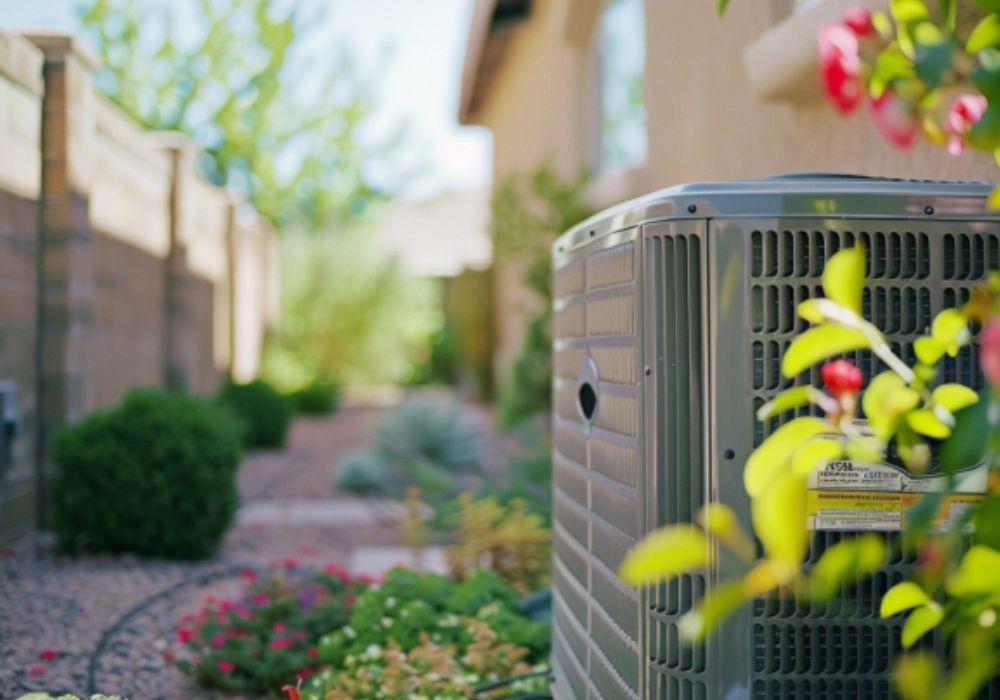
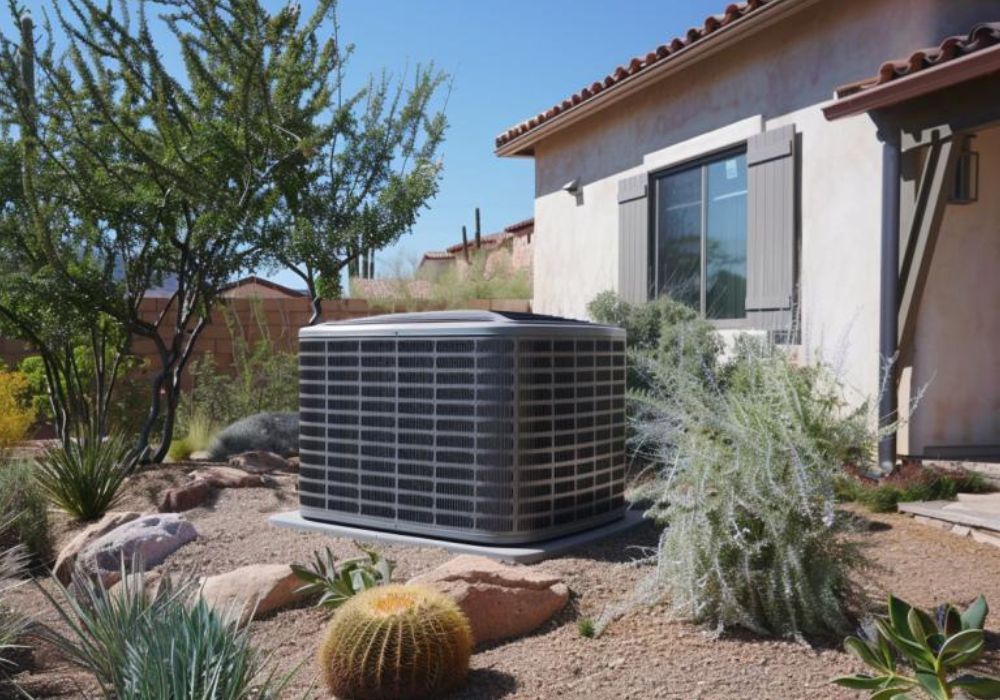
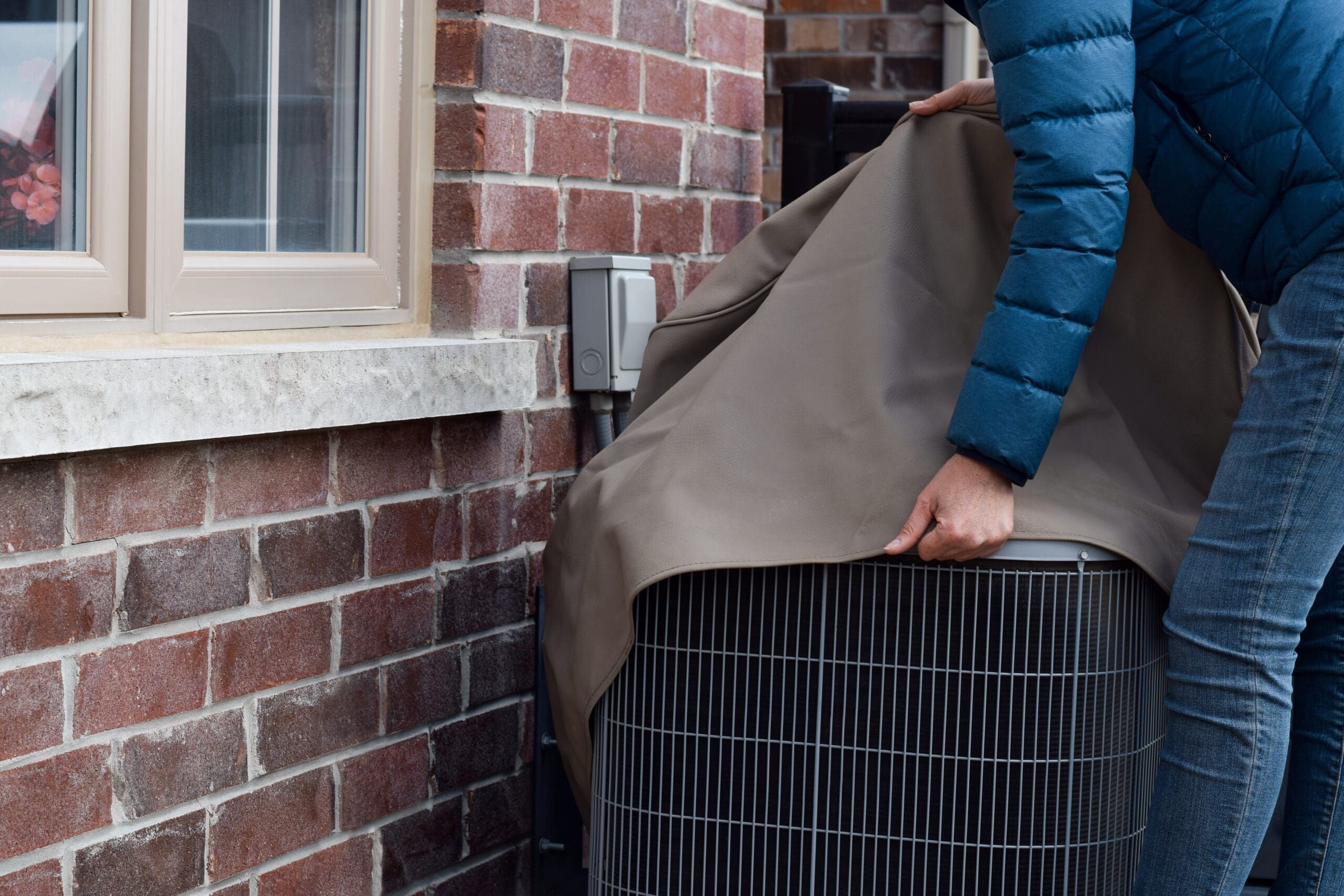




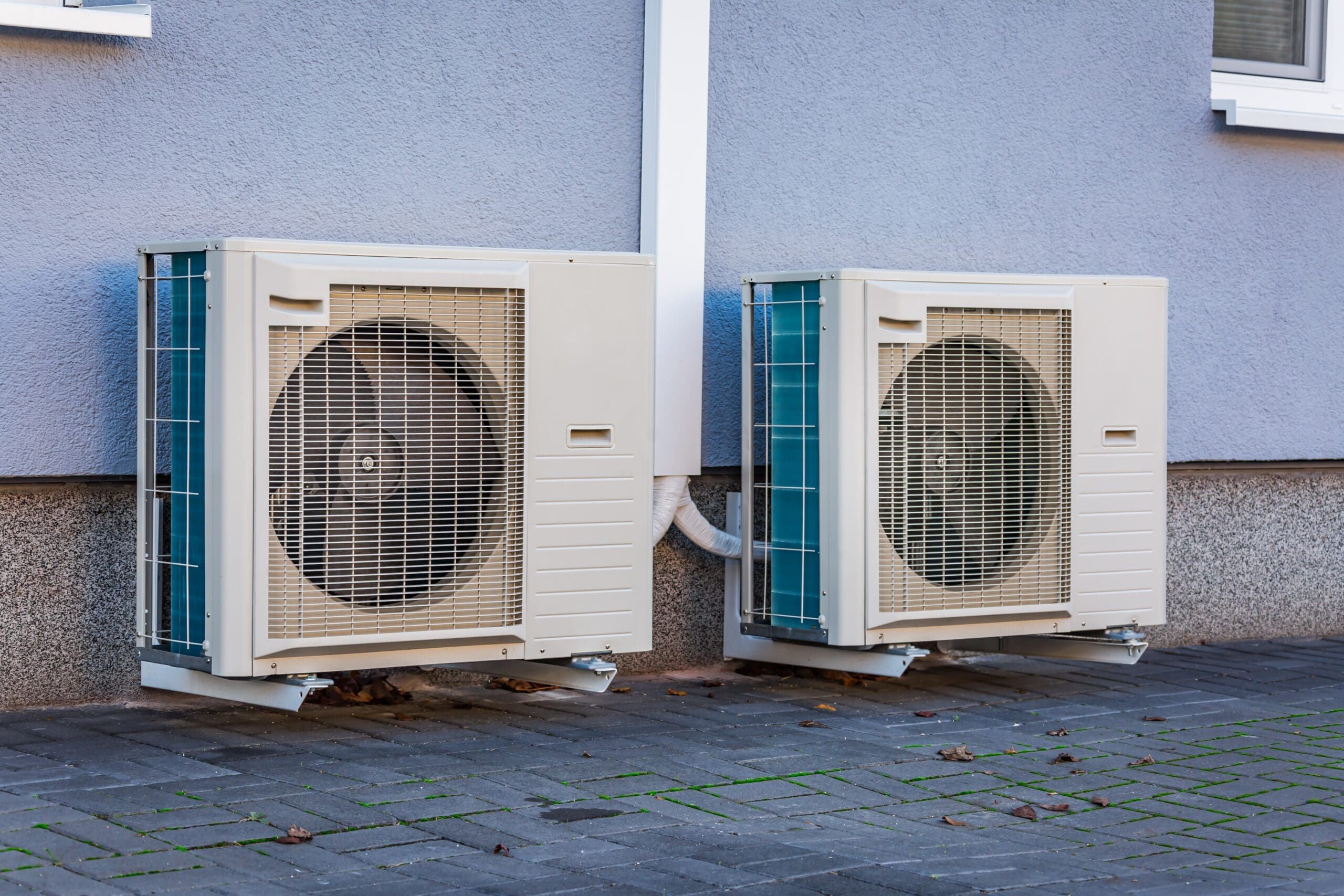
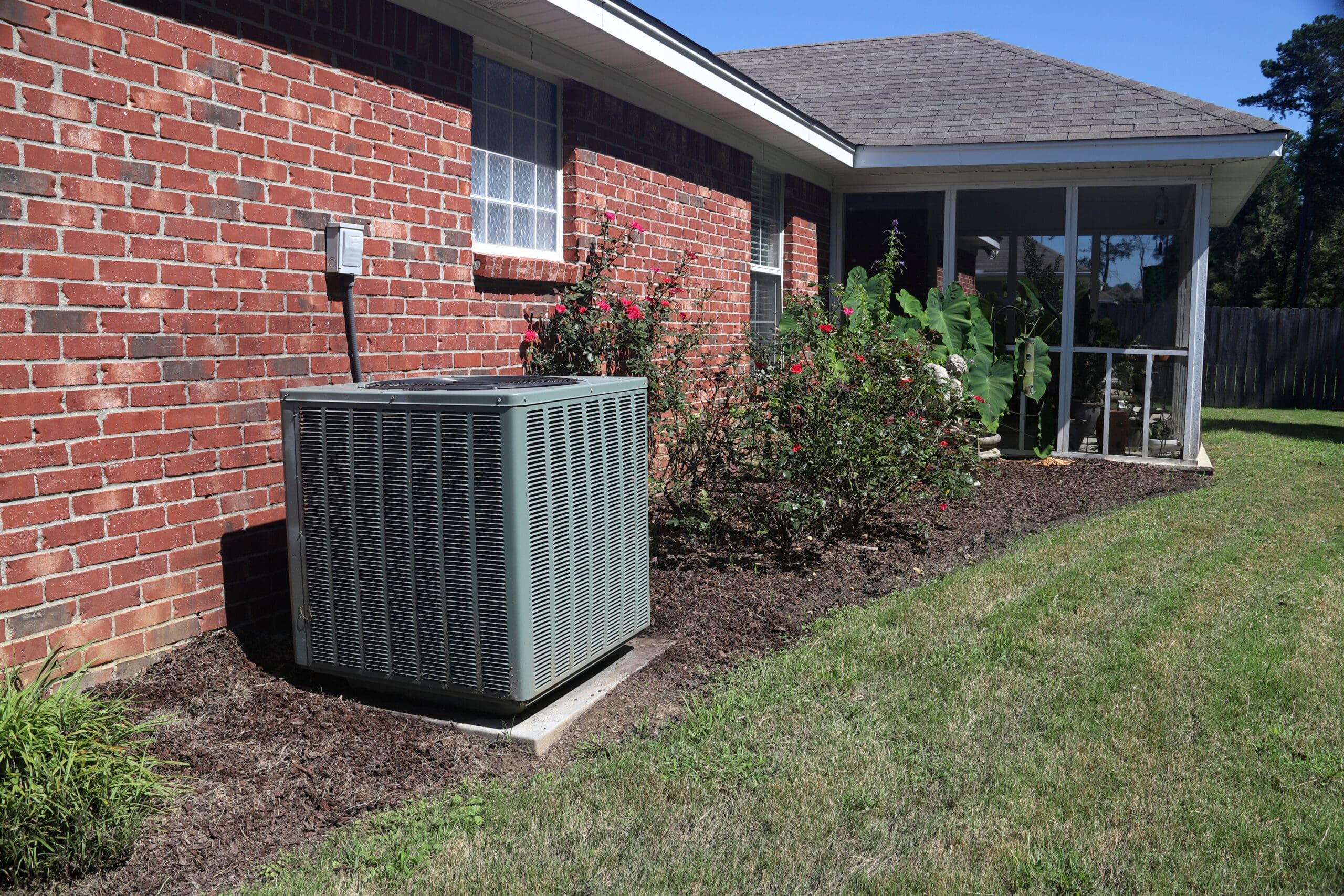
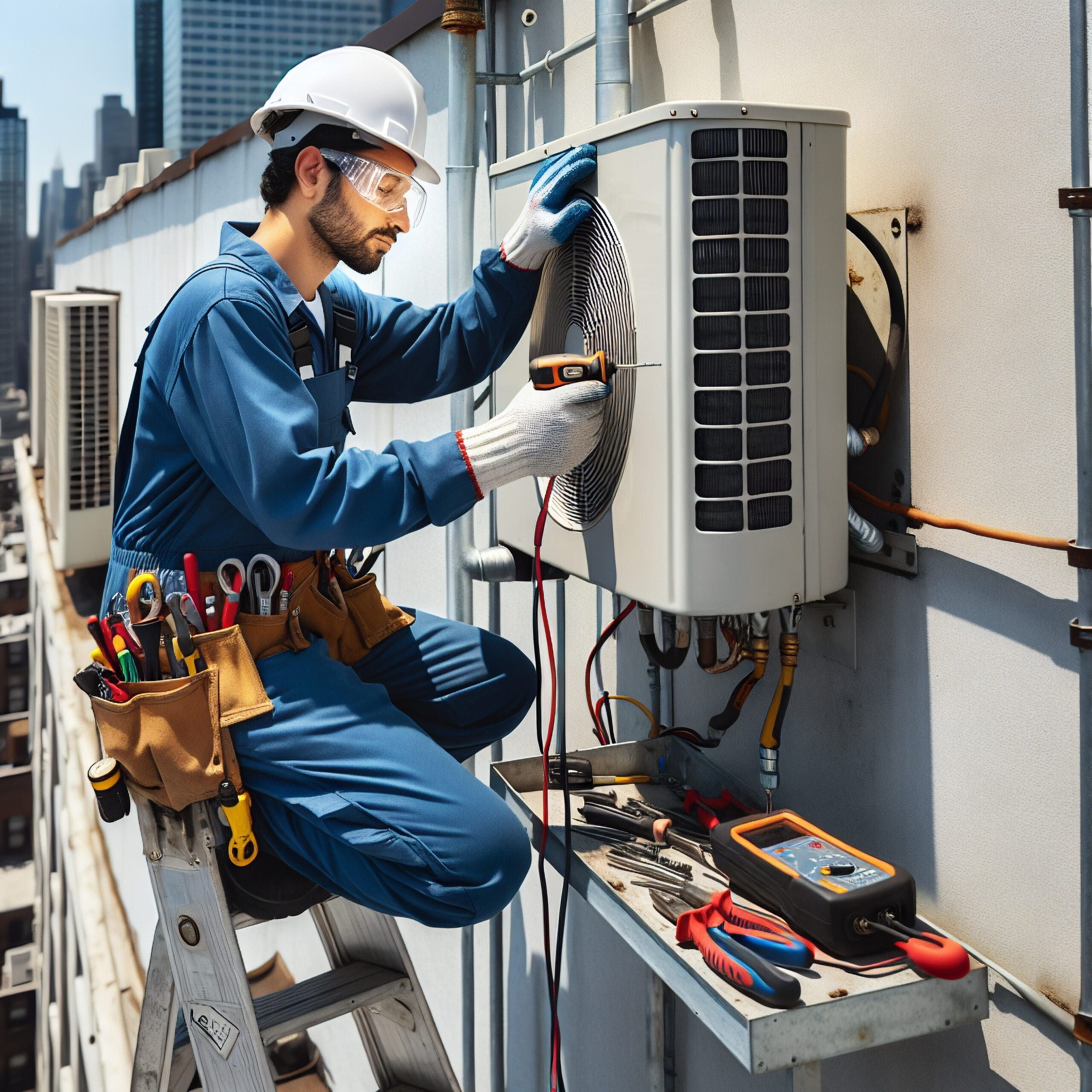
Leave a Reply